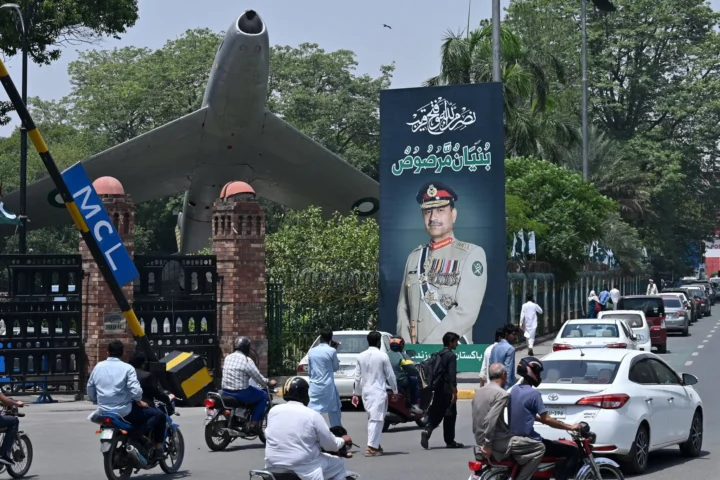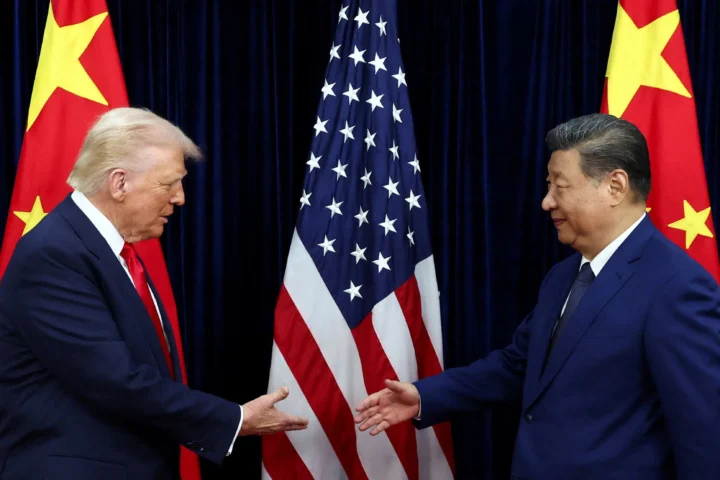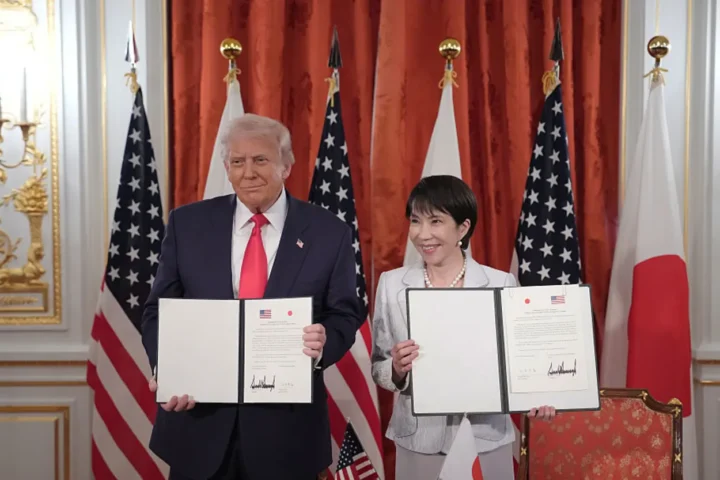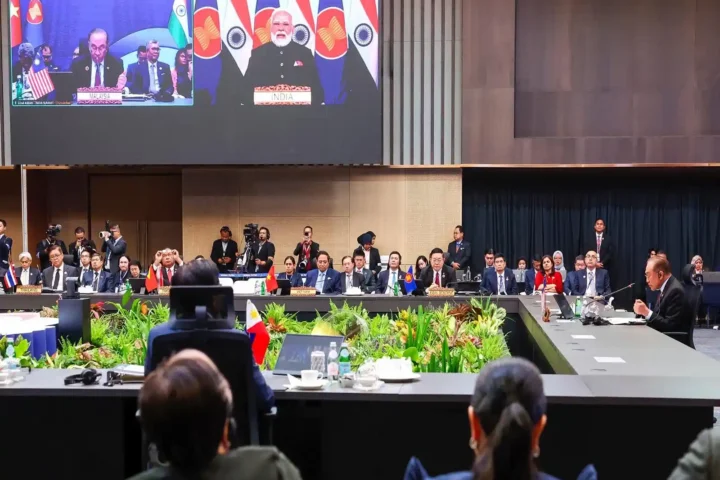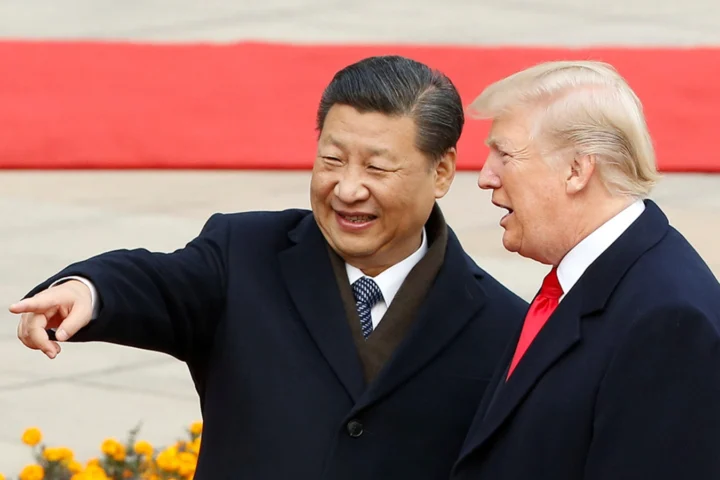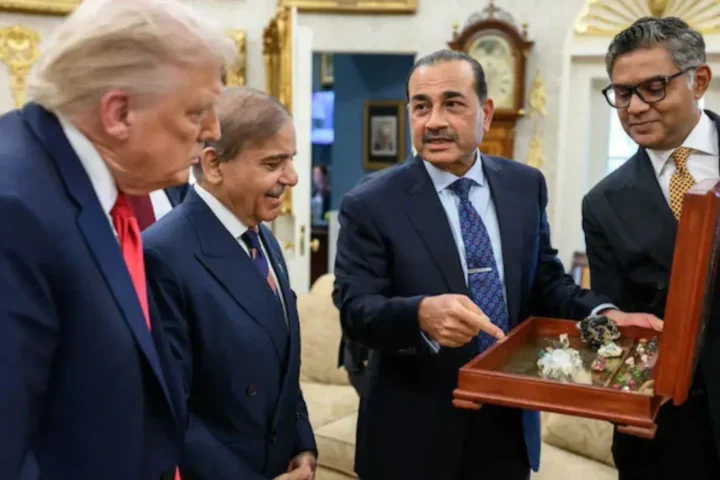India–Australia defence relations have reached an unprecedented level of maturity in 2025, underpinned by sustained high-level engagement, expanded joint training exercises, and increasingly integrated industrial and technological cooperation. The visit of Lieutenant General Simon Stuart, Chief of the Australian Army, to New Delhi from 10 to 14 August is emblematic of this shift. His meetings with Indian Army Chief General Upendra Dwivedi and senior officials in the Ministry of Defence are not only symbolic but also strategic, designed to accelerate operational synergy in the Indo-Pacific. This engagement builds on the Comprehensive Strategic Partnership (CSP) launched in 2020, which initially provided a framework for political trust and military cooperation but has since evolved into a multi-dimensional defence relationship with concrete, measurable outcomes. By mid-2025, the CSP has delivered robust institutional mechanisms, streamlined logistics arrangements, deeper interoperability, and greater alignment on regional security priorities.
Institutional architecture has been central to sustaining this momentum. The 2+2 Ministerial Dialogue—bringing together the defence and foreign ministers of both countries—remains the primary forum for aligning military strategy with foreign policy objectives. The most recent edition in November 2023, held in New Delhi, examined a wide spectrum of cooperation, from enhancing maritime patrol capabilities to integrating emerging defence technologies into joint operations. The next 2+2 dialogue, scheduled for late 2025 in Australia, is expected to expand joint maritime strategies, solidify technology-sharing agreements, and deepen coordination on Indo-Pacific security issues. Complementing this, the Defence Policy Talks (DPTs) serve as the working-level mechanism to translate political intent into operational plans. The ninth DPT, convened in March 2025 in New Delhi, focused heavily on maritime domain awareness, reciprocal intelligence and information-sharing, and fostering industry collaboration—particularly in naval shipbuilding and advanced surveillance systems. These talks also function as a review platform for assessing the implementation of commitments made at ministerial level. Between 2023 and 2024 alone, there were 32 official delegations exchanged between India and Australia, a statistic that highlights the frequency and depth of institutional cooperation that underpins the bilateral relationship.
The operational component of the partnership has expanded dramatically in scope and ambition. The flagship bilateral field training exercise, AUSTRAHIND, launched in 2016, has evolved from a relatively modest counterterrorism and close-quarter battle drill into a comprehensive joint tactical operation involving integrated drone surveillance, high-mobility troop insertion, and coordinated urban warfare scenarios. The 2025 edition, scheduled for November in Australia, will mark a further leap in complexity and scale, including joint planning cells to simulate real-time decision-making in contested environments. Even more significant is India’s debut in Talisman Sabre 2025, Australia’s largest multinational warfighting exercise and one of the biggest in the Indo-Pacific. The 11th edition features more than 35,000 troops from 19 countries, making it the largest in the exercise’s history. The scope of Talisman Sabre encompasses live-fire drills, amphibious landings, air combat manoeuvres, maritime interdiction, and humanitarian operations, with the added dimension of introducing UH-60M Black Hawk helicopters into the mix—offering an opportunity for Indian forces to assess interoperability with Australian rotary-wing assets in high-intensity scenarios. Beyond these, both countries remain active participants in AUSINDEX, a bilateral naval exercise focusing on anti-submarine warfare and surface combat operations; Pitch Black, a large-scale air combat exercise; and the Malabar exercise, a Quad initiative alongside the United States and Japan that focuses on advanced maritime operations, including carrier strike group coordination and integrated air defence.
Logistics and industrial integration have moved from aspirational to operational. The Mutual Logistics Support Agreement (MLSA), signed in 2021, has proven to be a key enabler, allowing reciprocal access to bases, fuel, maintenance, and other logistical support during exercises and operational deployments. This arrangement reduces costs, enhances readiness, and enables both forces to sustain operations far from home bases without the delays of ad hoc arrangements. Industrial collaboration has gained notable traction in 2025, with Australian shipbuilders exploring partnerships with Indian micro, small, and medium enterprises (MSMEs) for the joint production of patrol boats and the establishment of Maintenance, Repair, and Overhaul (MRO) facilities for naval vessels. Technology transfer agreements under discussion include the co-development of AI-driven maritime surveillance platforms and autonomous underwater vehicles. Both nations have actively participated in major defence trade expositions in 2024 and 2025, using these platforms to showcase innovations in lightweight armour, integrated combat management systems, and sensor fusion technologies. Parallel to this, science and technology exchanges have been formalised, targeting autonomous systems, secure communications for C4ISR networks (Command, Control, Communications, Computers, Intelligence, Surveillance and Reconnaissance), and enhanced satellite-based intelligence-sharing mechanisms.
A defining strength of the partnership is its investment in people-to-people links within the armed forces. The Young Officers Exchange Programme, launched in 2022, embeds junior officers from each country in the other’s units for extended training periods. These officers participate in live exercises, observe command decision-making processes, and gain exposure to the other military’s operational doctrines and logistical approaches. Over time, this initiative builds a generation of officers with first-hand familiarity with their counterparts’ capabilities and constraints—an invaluable asset in coalition operations. Academic cooperation has been equally important, with exchanges between staff colleges and war colleges facilitating joint research on topics ranging from amphibious warfare to cyber operations in maritime contexts. These academic linkages strengthen doctrinal understanding and foster professional relationships that often extend into senior leadership roles.
The strategic rationale for deepening India–Australia defence cooperation is anchored in a shared assessment of the Indo-Pacific’s evolving security landscape. Both countries recognise that China’s rapid military modernisation and assertive posturing—from the militarisation of the South China Sea to increased naval patrols in the eastern Indian Ocean—pose complex challenges to regional stability. Joint efforts are directed towards reinforcing a free, open, and rules-based order in the Indo-Pacific, with a strong emphasis on upholding freedom of navigation and overflight under international law. Geographically, Australia’s northern city of Darwin and India’s Andaman and Nicobar Islands have emerged as strategic hubs for forward operations. These locations not only enhance maritime security presence but also serve as staging grounds for Humanitarian Assistance and Disaster Relief (HADR) operations. The ability to coordinate rapid response from these hubs is becoming increasingly important as climate change drives more frequent and severe natural disasters in the region.
Cooperation within the Quad—comprising India, Australia, Japan, and the United States—provides another strategic layer to the relationship. Within this grouping, India and Australia often act as complementary anchors bridging the Indian and Pacific Oceans. Their growing naval reach, combined with integrated intelligence and reconnaissance networks, positions them as key players in deterring coercive behaviours and offering capacity-building support to smaller regional states. The Quad’s emphasis on infrastructure resilience, cyber security, and supply chain security dovetails with the bilateral agenda, ensuring that cooperation is both multidimensional and future-oriented.
Economic ties also underpin the defence relationship. Bilateral trade reached an all-time high of USD 24 billion in FY24, creating a broader context of trust and interdependence. Defence trade and technology exchanges form a small but growing portion of this economic engagement, with joint participation in defence expos and reciprocal industry visits reinforcing commercial as well as strategic linkages. The frequency of staff talks and working-level meetings between 2023 and 2025 has increased steadily, ensuring that planning cycles are synchronised and emerging challenges are addressed in near real time.
Looking ahead, the trajectory of India–Australia defence cooperation suggests a durable and adaptive partnership. The operational dimension now spans land, sea, air, and emerging domains such as cyber and space. Institutional mechanisms are in place to ensure that political will is matched by military execution, while personnel exchanges and industrial partnerships provide the foundation for long-term sustainability. Challenges remain—not least the need to align procurement cycles, ensure secure technology transfers, and navigate the shifting currents of U.S.–China strategic competition—but the relationship has built resilience through its structural depth. The August 2025 visit by Lieutenant General Simon Stuart is therefore more than a diplomatic formality; it is a marker of a maturing strategic partnership that is now a central pillar of both countries’ Indo-Pacific strategies. Designed to project stability, deter aggression, and respond rapidly to humanitarian and security crises, this partnership is likely to play a decisive role in shaping the region’s security architecture for years to come.


